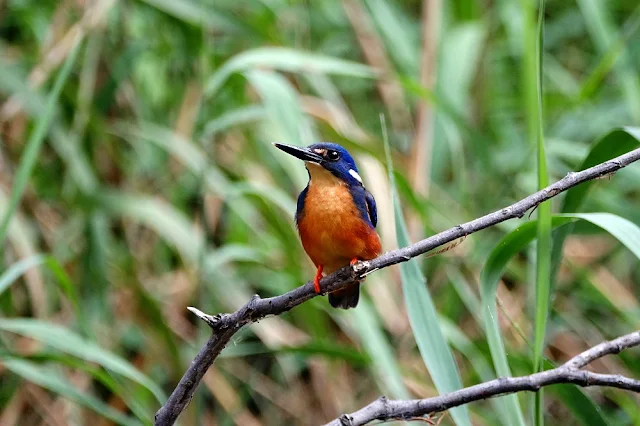The City of Melbourne Urban Forest Strategy, (link), in
2014, determined that large canopied trees provide greater value than smaller
canopies – depending on scale, up to 75% more benefit per tree.
With nearly 90% of our population living in urban areas,
Australia is one of the most urbanized countries in the world and we are facing
serious challenges in regard to population growth, infrastructure, climate
change, community health and just general liveability.
Our backyards are getting smaller and our houses, if
anything, are getting larger. Less and less room is available to plant a
significant tree and the diminutive species installed on the nature-strips by
developers just don’t cut it – they do not and will not ever produce a
worthwhile canopy.
And the irony of this situation, often, is that canopy trees
of significant value have been removed to make way for a development.
Our urban sprawl is contributing to increased car use, huge
infrastructure costs, loss of valuable farmland and native vegetation, elevated
urban temperatures, a less healthy population and greater energy usage.
Tree canopy provides shade, saves energy, stores carbon,
lowers the urban heat island effect, provides habitat, mitigates flooding and
erosion, adds value to property, hides unattractive areas, provides privacy,
improves mental and physical health, lowers crime, and adds to cultural and
historical values.
To achieve worthwhile urban tree canopy requires long term vision and commitment and to work in
terms of tree-life cycles, not electoral cycles. Strong and effective planning
policies are required and less acquiescence to the desires of
investors/developers.
Canopy, not cavity!


